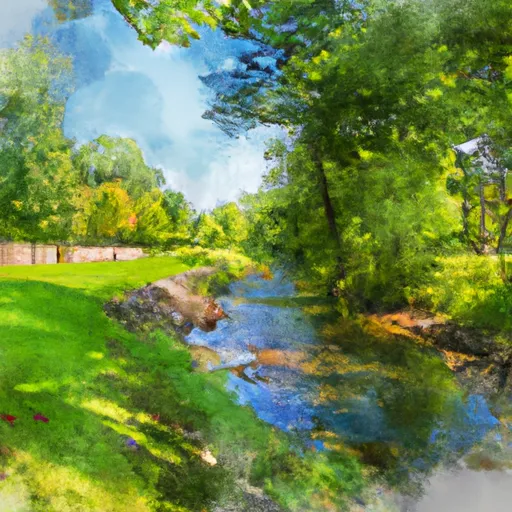°F
°F
mph
Windspeed
%
Humidity











Chesterland, Ohio experiences a humid continental climate with warm summers and cold winters. The area is characterized by rolling hills and wooded areas and is home to the East Branch of the Cuyahoga River. Hydrology constituents include the Cuyahoga River Watershed, which provides drinking water to over four million people in Northeast Ohio. Outdoor recreation opportunities in Chesterland include hiking trails at nearby parks such as West Woods and the Holden Arboretum, as well as fishing and boating on the East Branch of the Cuyahoga River. The area also hosts annual events such as the Chesterland Fall Festival and the Geauga County Maple Festival.
Weather Forecast
Chesterland receives approximately 1158mm of rain per year, with humidity levels near 79% and air temperatures averaging around 9°C. Chesterland has a plant hardyness factor of 6, meaning plants and agriculture in this region thrive during a short period during spring and early summer. Most plants will die off during the colder winter months.
Regional Streamflow Levels
281
Cubic Feet Per Second
52
Cubic Feet Per Second
1,010
Cubic Feet Per Second
17
Cubic Feet Per Second
Nearby Camping
| Camping Area | Reservations | Toilets | Showers |
|---|---|---|---|
| Petersburg Boat Landing | |||
| Punderson State Park | |||
| Silver Springs - Stow | |||
| Perry Township Park | |||
| Dalewood Conservation Area |



